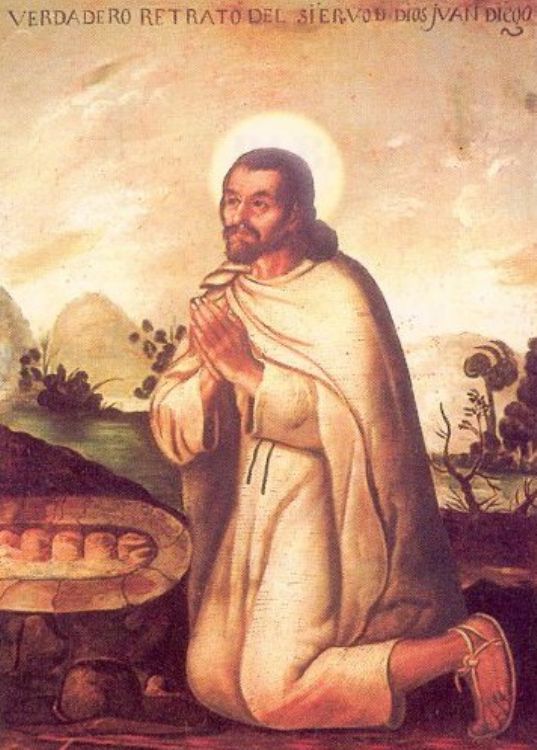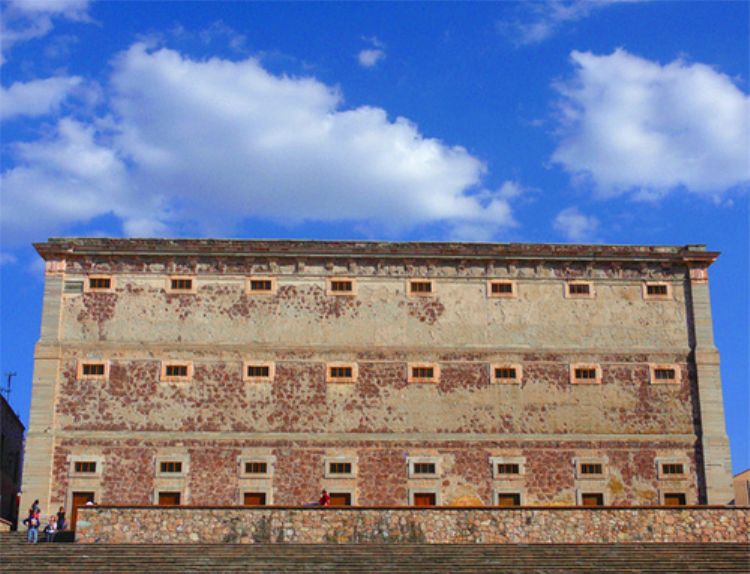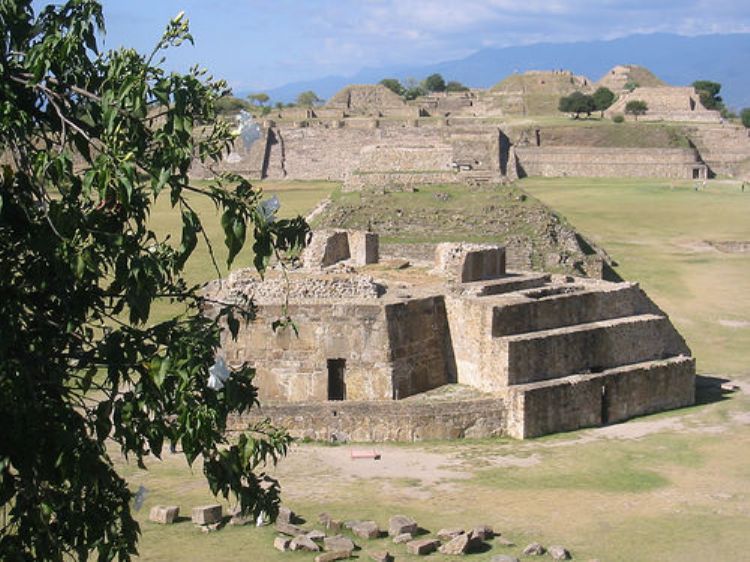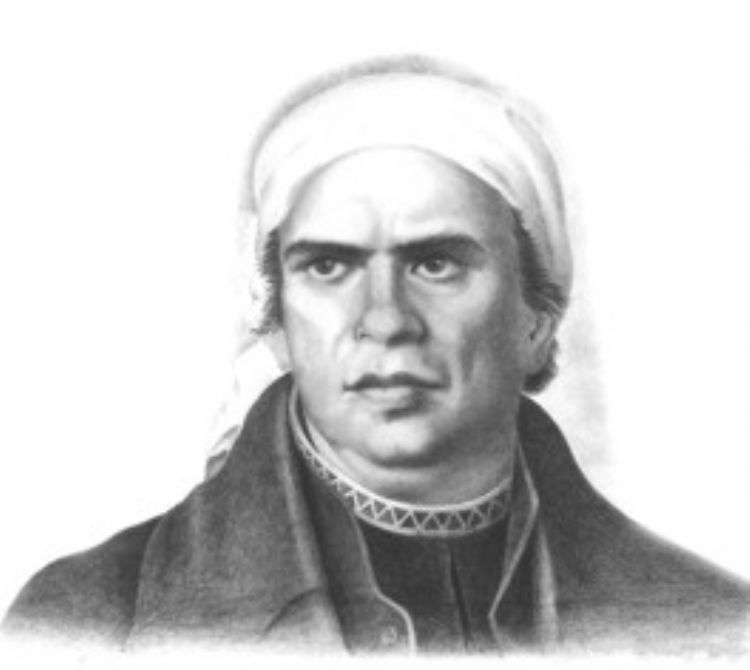Agustin de Iturbide
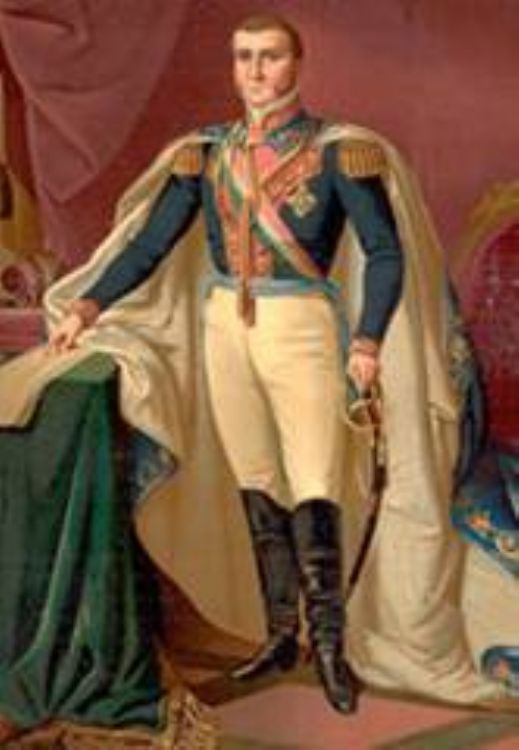
Agustín Cosme Damián de Iturbide y Arámburu was born on September 27, 1783 in Valladolid, Michoacán, now named Morelia. His childhood was a privileged one, son of a wealthy Spaniard named Joaquin de Iturbide and Mexican Maria Josefa de Aramburu. He studied at the seminary of his native town and then joined the viceroyâÂÂs army. In 1805 he married Ana Maria Josefa de Huarte y Muñiz, granddaughter of the Altamira Marquis.
Miguel Hidalgo y Costilla invited him to participate in the independence movement of 1810, but Iturbide rejected this invitation and fought for the viceroy, leading the realist forces and dedicated to combating the insurgent instigators Jose Maria Morelos and Vicente Guerrero. In 1811 he fought in the countryâÂÂs south against the guerrillas fighting for the independence of Albino Garcia (who he captured in 1812) and Ignacio Lopez Rayon, defeating him at the Salvatierra Bridge in 1813. He continued combating against the independence leaders as General Commander at the province of Guanajuato.
In 1815 he defeated Jose Maria Morelos but was overcome by Ignacio Lopez Rayon. The complaints against him, added to the protests of GuanajuatoâÂÂs businessmen, prompted the Viceroy to dismiss him in 1816, accused of embezzlement and abuse of authority, although he was absolved by the royal war auditor.
When Iturbide noticed the insurgents were winning in favor of their cause, he declared his friendship to Vicente Guerrero in the famous âÂÂAcatempan Hugâ and they both signed the Iguala Plan in 1821 and in September of that same year, MexicoâÂÂs Independence was declared with Agustin de Iturbide elected president.
On the 18th of May, the Celaya regiment rioted, demanding Iturbide be named emperor and some garnishes joined the uprising. In response, on July 21 of 1822, Iturbide was crowned as Agustin I, Emperor of Mexico. However, republicans and liberals kept fighting for their ideals and refused to accept this imposition. They combated the newly crowned emperor and forced him to gather the Congress he had previously dissolved and abdicate before it, on the 19 of March, 1823.
Iturbide left for Europe with his family, where he first established in Italy and then in England. The followers of Agustin de Iturbide and the empire continued faithful to their cause and convinced him to return to Mexico with the intention of crowning him again, oblivious to the fact that Congress had found him guilty of treason and ordered his immediate arrest if he ever put a foot on Mexican soil again.
He disembarked on the 14 of July at Soto la Marina, where he was arrested and condemned to death without prior trial, executed on July 19, 1824. His last words were âÂÂMexicans, I gladly die because I die among you.â His remains where buried with honors at the Metropolitan Cathedral, where they are exhibited within a crystal urn.
His only grandson, Agustin de Iturbide y Green, born in Washington in 1863, was adopted by Maximilian I as heir to the Mexican throne but expelled from Mexico by Porfirio Diaz.
Article Produced by the Editorial Team of Explorando México.
Copyright Explorando México, All Rights Reserved.
Photo: www.e-mexico.gob.mx


